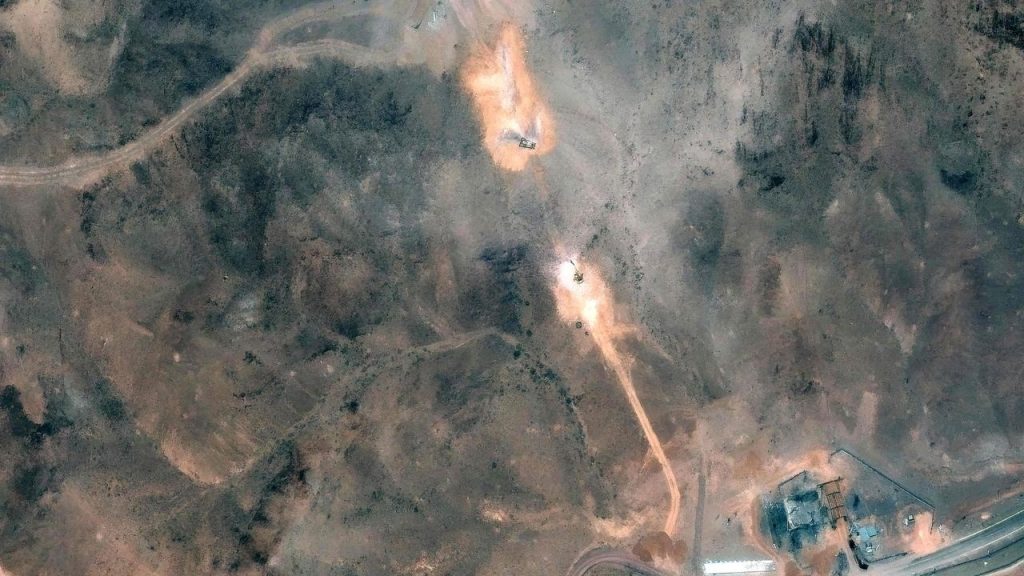News
US Troops Leave Niger Republic

United States troops has confirmed withdrawal from Niger, marking a significant shift in American military strategy in the region.
The first C-17 Globemaster III aircraft departed from Air Base 101 in Niamey on June 7, 2024, signaling a pivotal moment in the broader context of US strategy in the Sahel and West Africa.
For over a decade, Niger has been a critical hub for US military operations aimed at counterterrorism and regional stability. However, the withdrawal represents a significant change in US policy, reflecting both evolving strategic priorities and the complex dynamics of regional security.
The decision to withdraw comes amidst ongoing instability in the Sahel region, where militant groups such as Boko Haram and Islamic State affiliates continue to pose significant threats. The withdrawal also highlights the shifting allegiance of the putschists in Niger, who, since sacking democratic President Mohamed Bazoum last year, have aligned militarily with Russia.
Despite this, US authorities have stated that the withdrawal of US forces is being done in cooperation with Nigerien authorities, with AFRICOM’s press release highlighting the “productive cooperation between the US and Nigerien forces” through the Joint Disengagement Commission. This collaboration is essential for ensuring an orderly and secure withdrawal, which is slated for completion by September 15, 2024.
The withdrawal raises questions about the future of US engagement in the region and its implications for both Niger and broader West African security. While the withdrawal may be seen as a response to changing priorities and resource allocations, it also raises concerns about the ability of local forces to manage security challenges independently. The presence of US forces has been a deterrent to militant activities, and their absence could embolden insurgent groups.
However, the US has emphasized its commitment to its objectives in Africa, albeit through different methods. The US could increase its diplomatic and developmental efforts to address the root causes of instability in the Sahel, focusing on governance, economic development, and human rights. This approach could contribute to long-term stability in the region.
The departure of the first C-17 from Niger marks a significant moment in US military strategy in West Africa. While the withdrawal presents operational challenges and potential security risks, it also offers an opportunity for strategic realignment. The future of US engagement in Niger and the broader Sahel region and West Africa will likely involve a combination of military, diplomatic, and developmental approaches aimed at promoting stability and addressing the underlying causes of conflict.
As the US navigates this transition, the commitment to a safe and orderly withdrawal remains paramount, ensuring that the region does not descend into further chaos amidst the changing landscape of international engagement.
For Diaspora Digital Media Updates click on Whatsapp, or Telegram. For eyewitness accounts/ reports/ articles, write to: citizenreports@diasporadigitalmedia.com. Follow us on X (Fomerly Twitter) or Facebook












